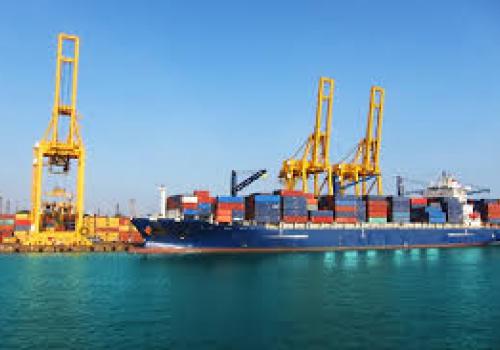Sri Lanka’s exports to Maldives fell 29 percent from a year earlier to 117 million rupees in 2020 as Coronavirus hit tourism incomes leading to a collapse in imports and the trade deficit in the Indian Ocean archipelago. Sri Lanka is the fourth largest source of imports to the Maldives after China, India, Malaysia and Singapore. Imports to the Maldives plunged by over a billion US dollars or 36 percent to 1,838.5 million US dollars in 2020 from 2,887.5 million dollars in 2019. Maldives credit was downgraded to ‘CCC’ last year by Fitch as concerns rose over debt. China holds over 53 percent of the public debt. Tourism is the top export of the islands, which gives income to import goods. The Maldives Monetary Authority has limited open market operations and does not print money often unlike other South Asian central banks to boost imports with printed money as dollar revenues fall, and the island has the highest per capita income in the region as a result.
The MMA rufiyaa peg is also derived from the Indian rupee as are other currency units in the region. It has fallen to 15 to the US dollar over the past few decades. The Indian rupee was around 4.76 to the US dollar at the time of independence from British rule, when the Reserve Bank of India was nationalized and used to print money for PM Nehru’s Gosplan style 5-year plans leading to directed credit, import controls, the license raj with the ‘Hindu’ rate of growth. Only one classical economist B R Shenoy in his now famous note of dissent objected to the Mercantilist central planning and money printing required the Indian Gosplans. There is relentless pressure from the International Monetary Fund and other international lenders to ‘modernise’ the MMA monetary framework with open market operations and the drive the islands into monetary instability, and increase the chances of default, some critics say.
After taking large volumes of Chinese loans for high profile Belt and Road infrastructure projects and also a sovereign bond (250 million due in 2022), Maldives’ credit had been downgraded to ‘CCC’ by Fitch. Fitch forecasted the economy to contract 30 percent in 2020 as tourism collapsed with the economy contracting 51 percent in the second quarter of 2020. Tourism has since resumed, and Fitch is expecting the Maldives to grow 16 percent in 2021. Backed by an IMF program and G20 suspension of official debt, a 250 million dollar support from India and 400 million swap line from the Reserve Bank of India. China accounts for over 53 percent of the public debt of the islands.
